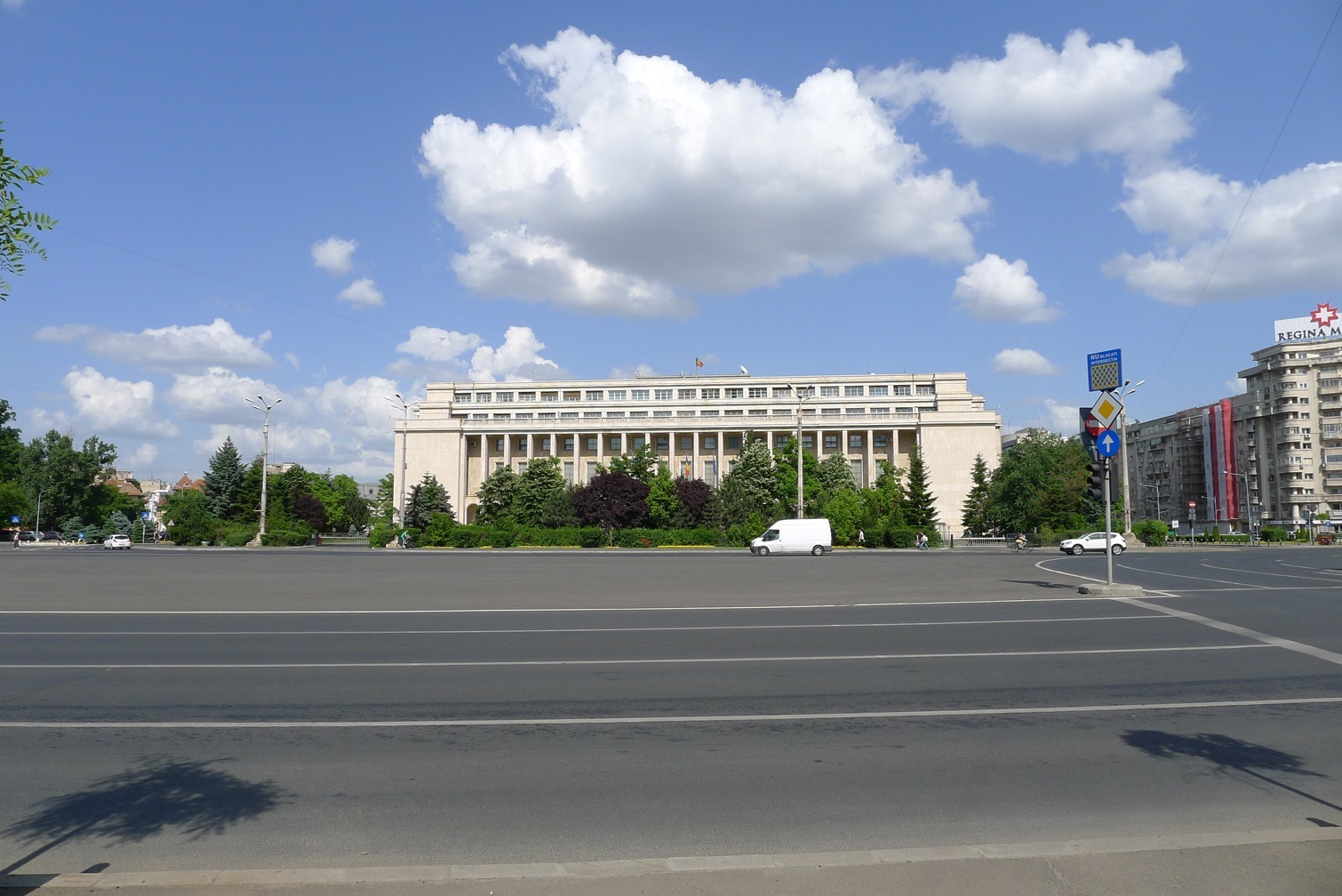The sixth iteration of the Bucharest Biennial takes place at five locations across the sprawling town, and the biennial is a great chance to catch a glimpse of this multifaceted cultural and historical city. The biennial does, however, leave a lot to be desired when it comes to the art. The strength of the curatorial decisions are indeed the locations, such as the Combinatul Fondului Plastic, a complex of artists studios and exhibition venues just outside the city center, and the Peasant Museum, with a thriving outdoors market of local goods with a folksy charm; and the fact that the majority of the artists are more or less unknown names, at least when it comes to my non-Romanian and decidedly Western references, only recognizing Erwin Wurm, the Norwegian band Dromedar, Norwegian artist Bjørn Erik Haugen and Raqs Media Collective.
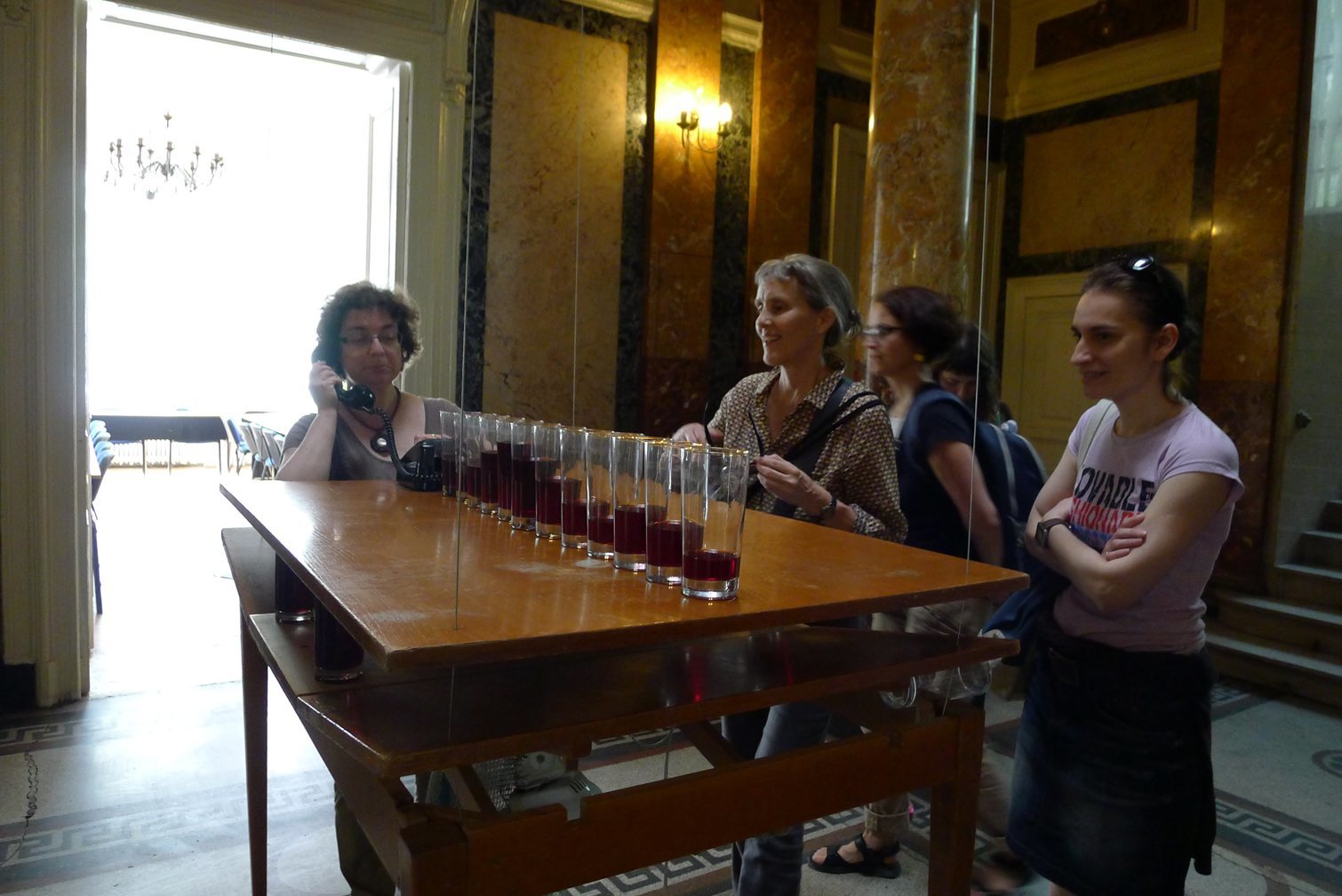

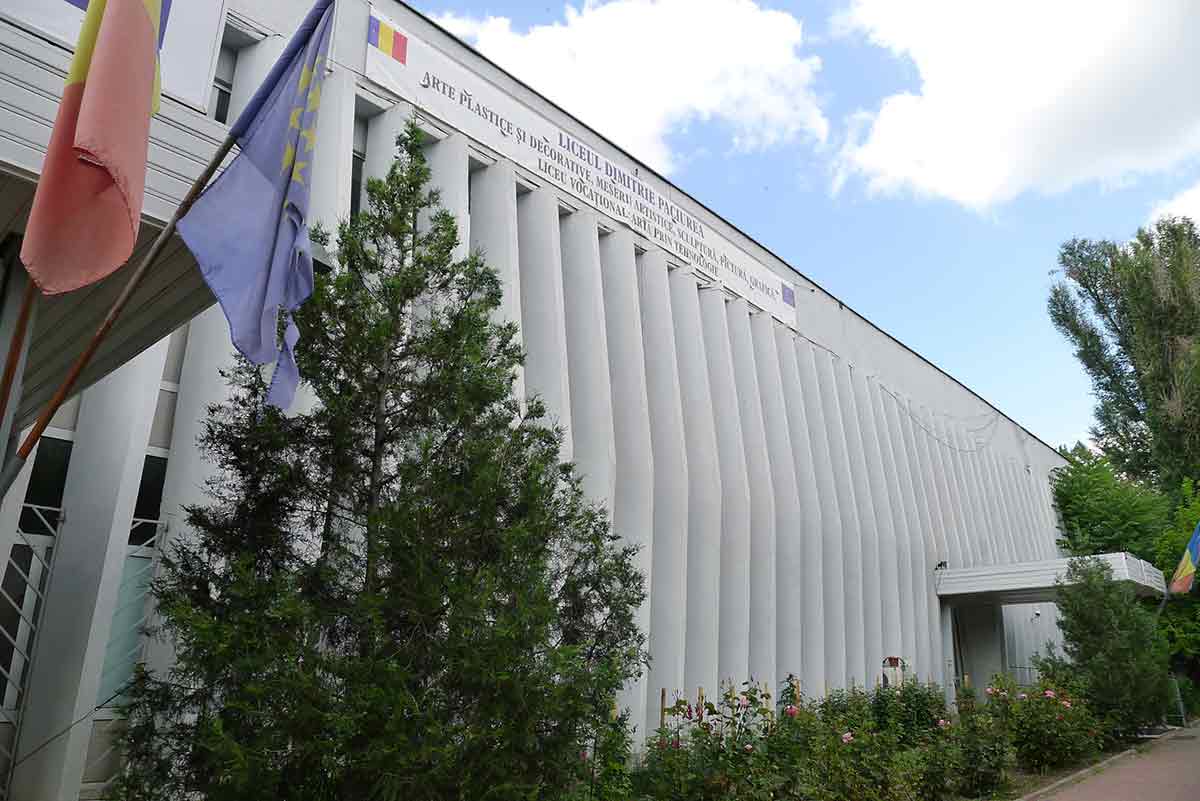
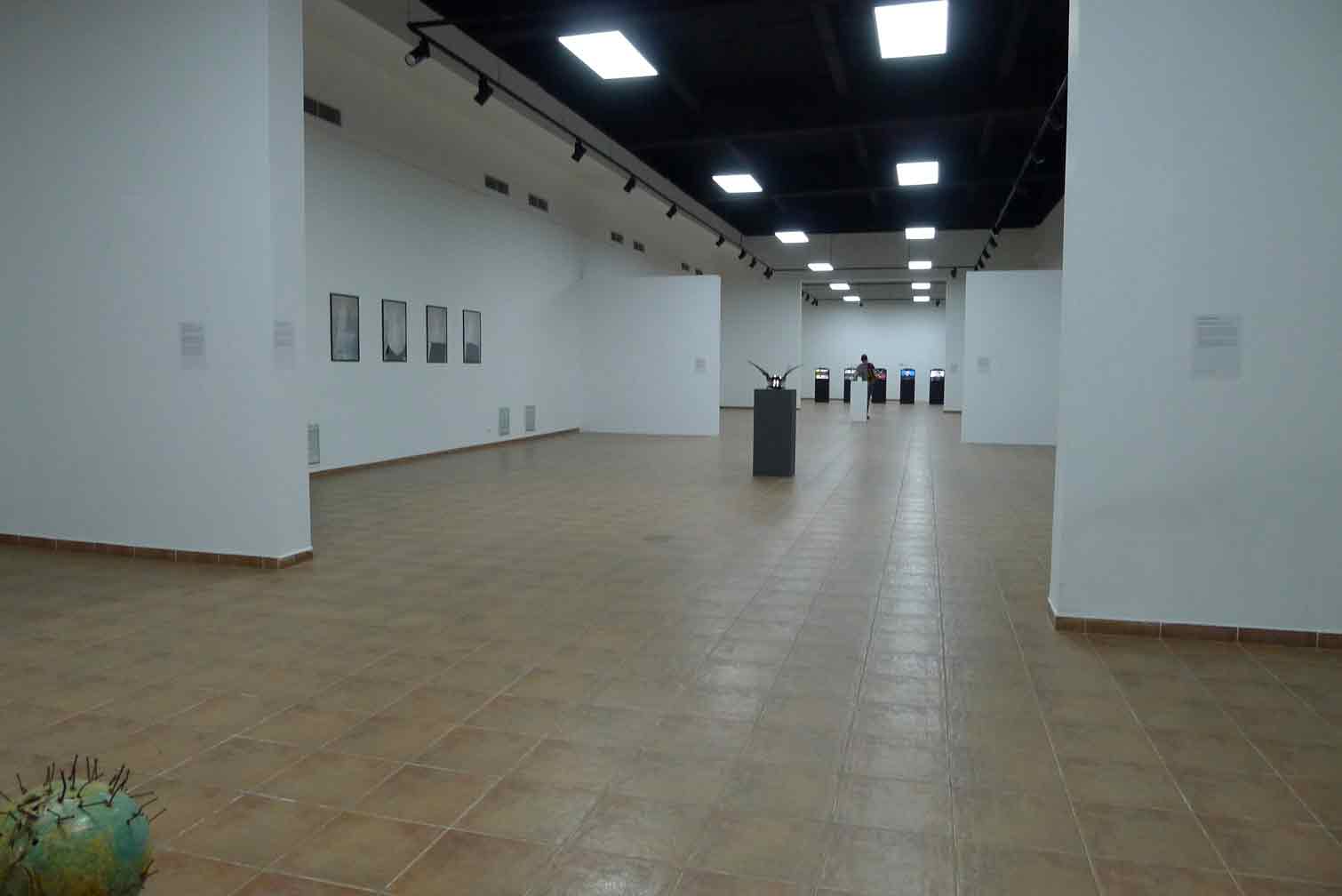
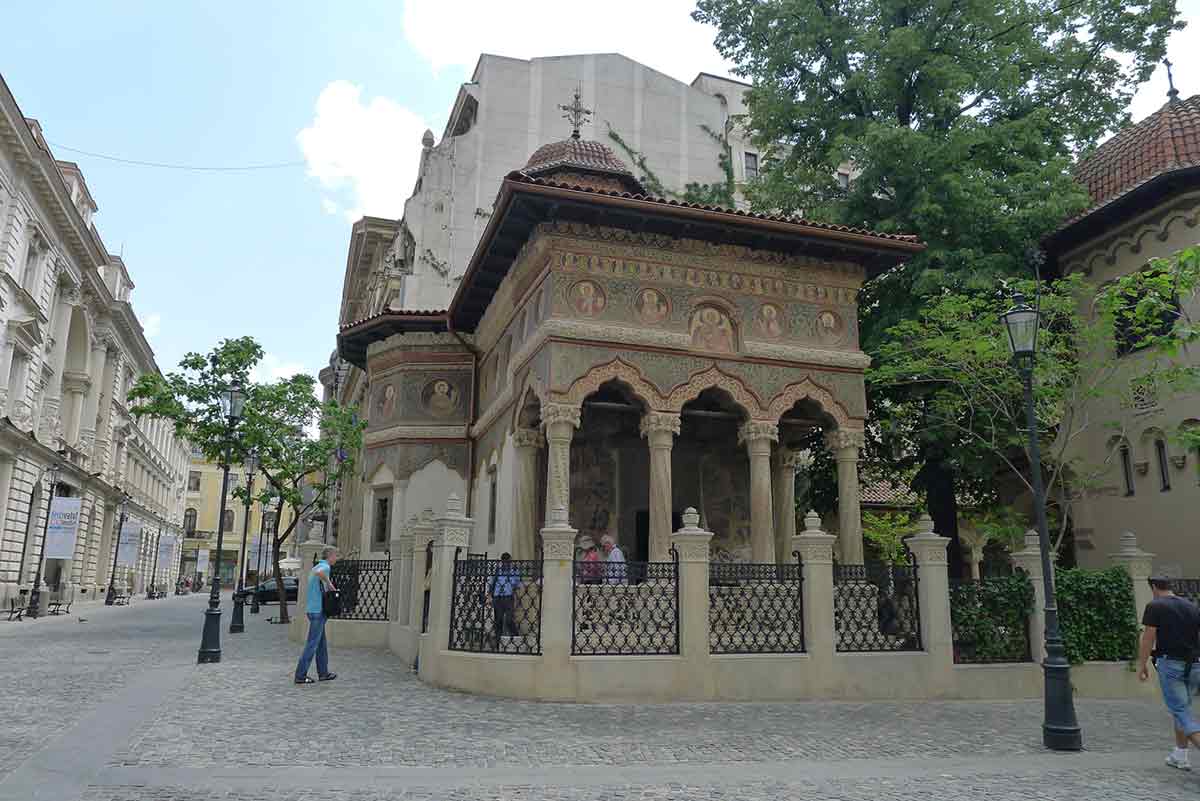
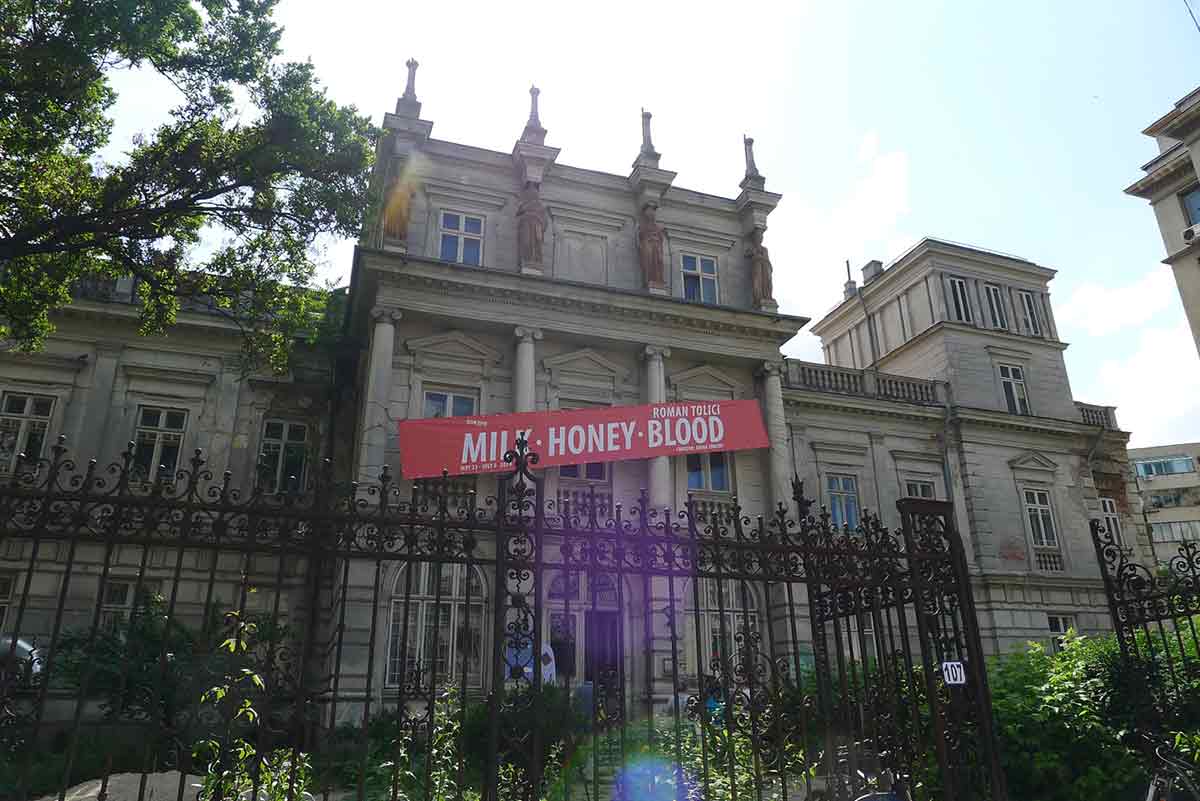
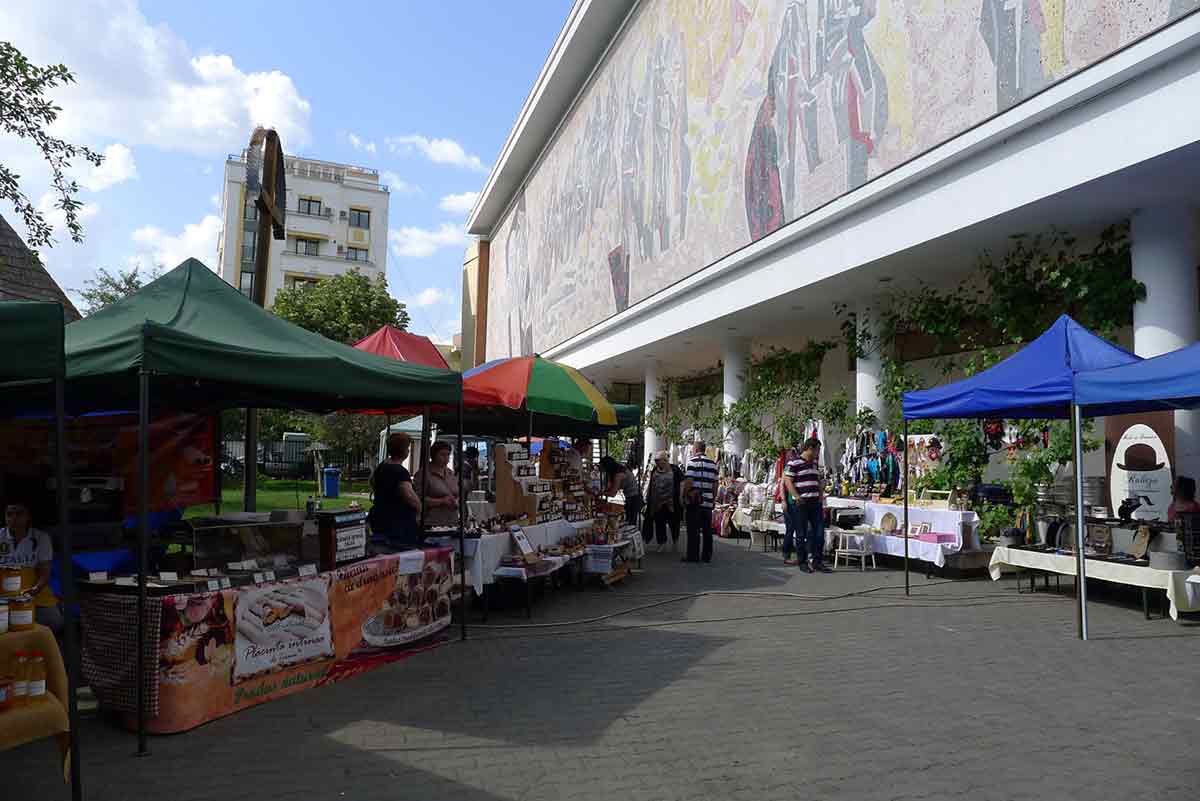
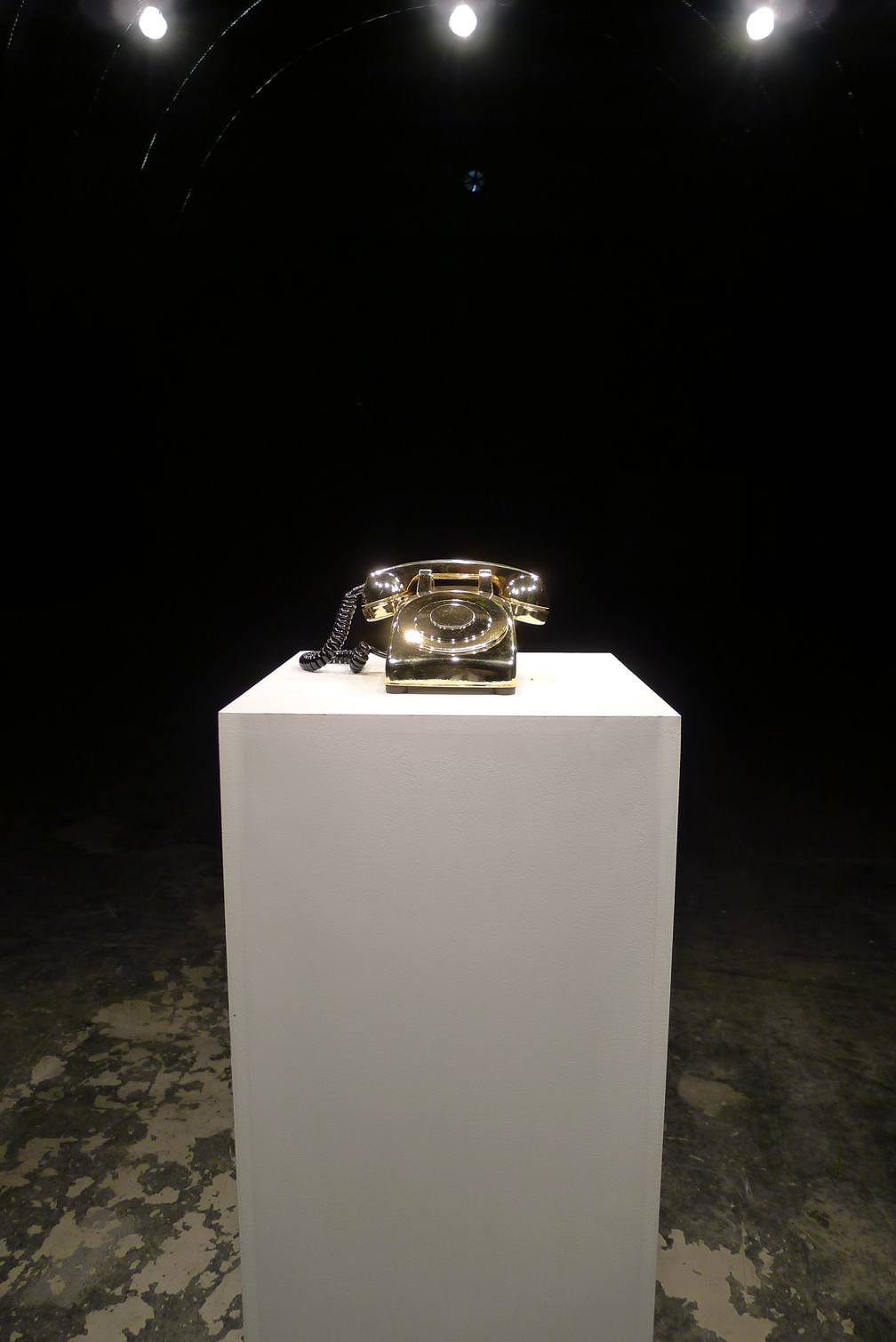
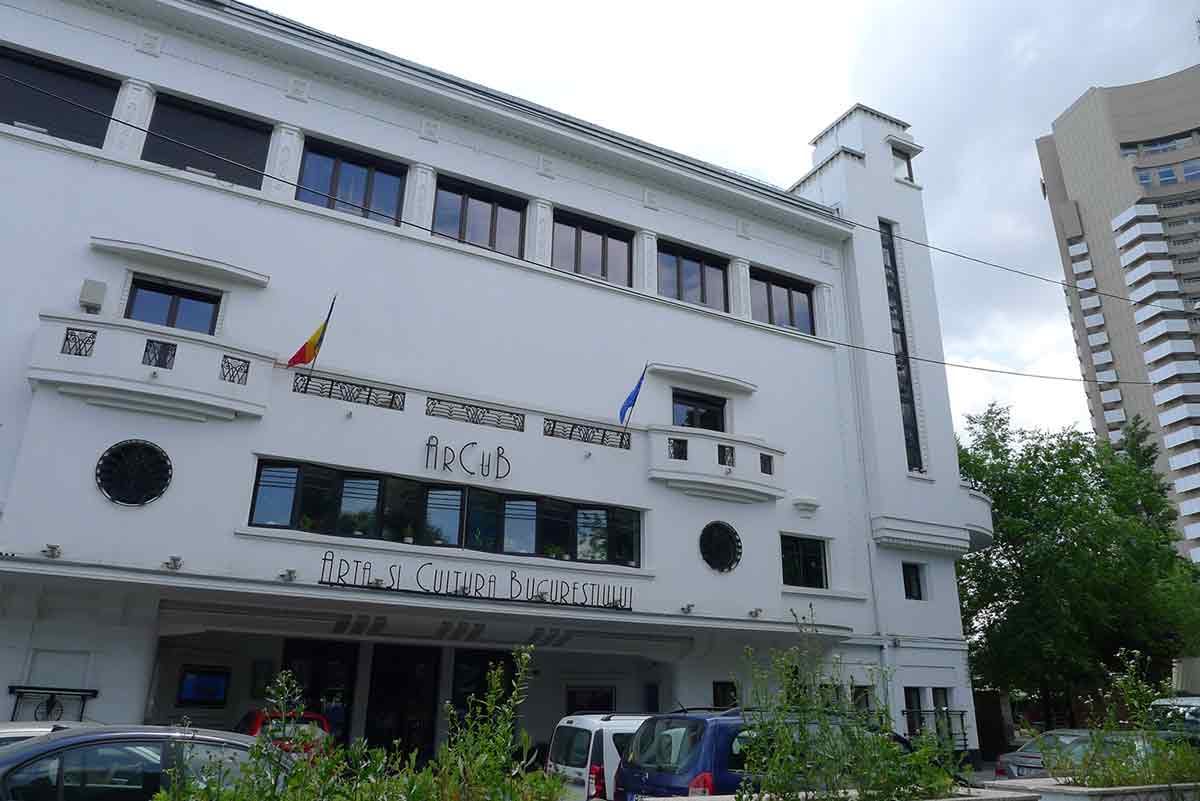
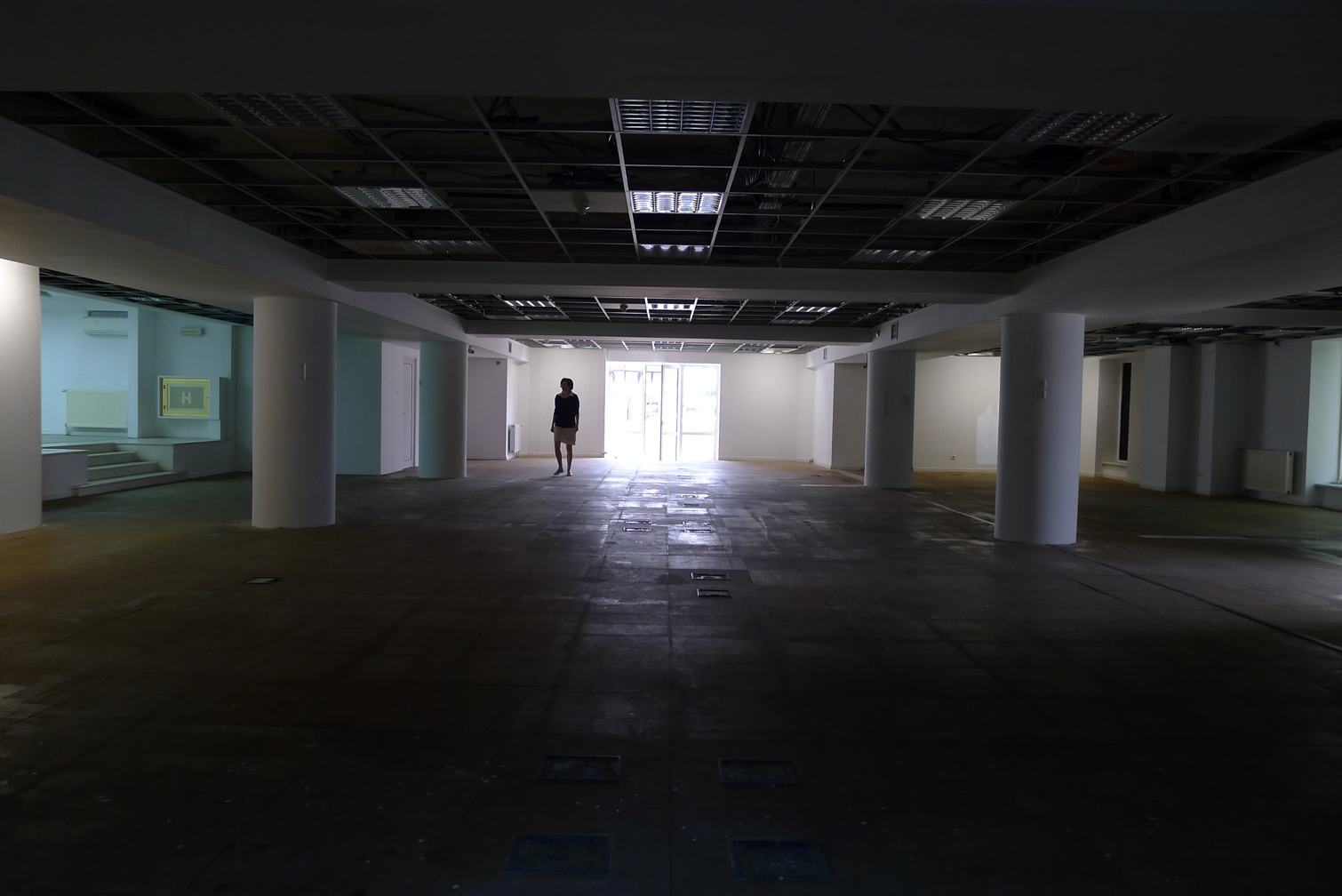
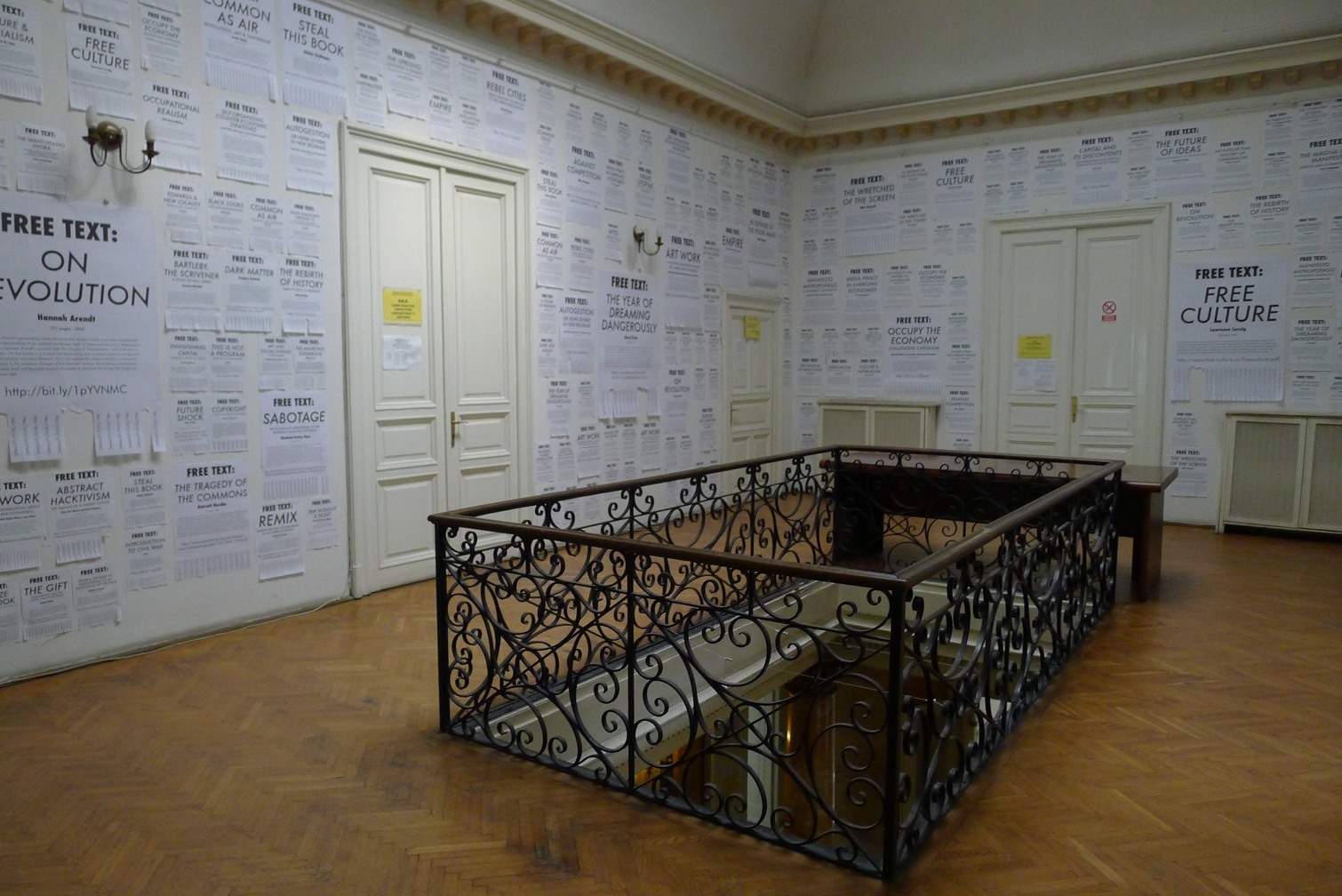
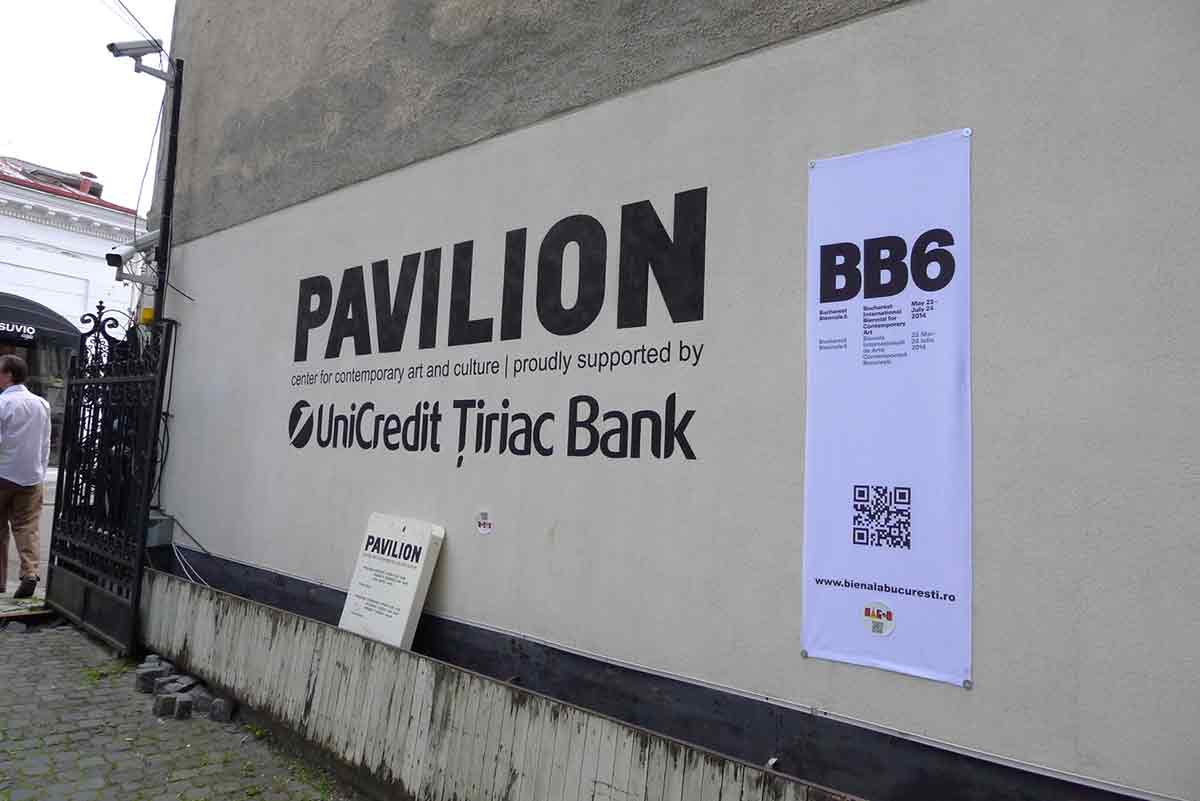
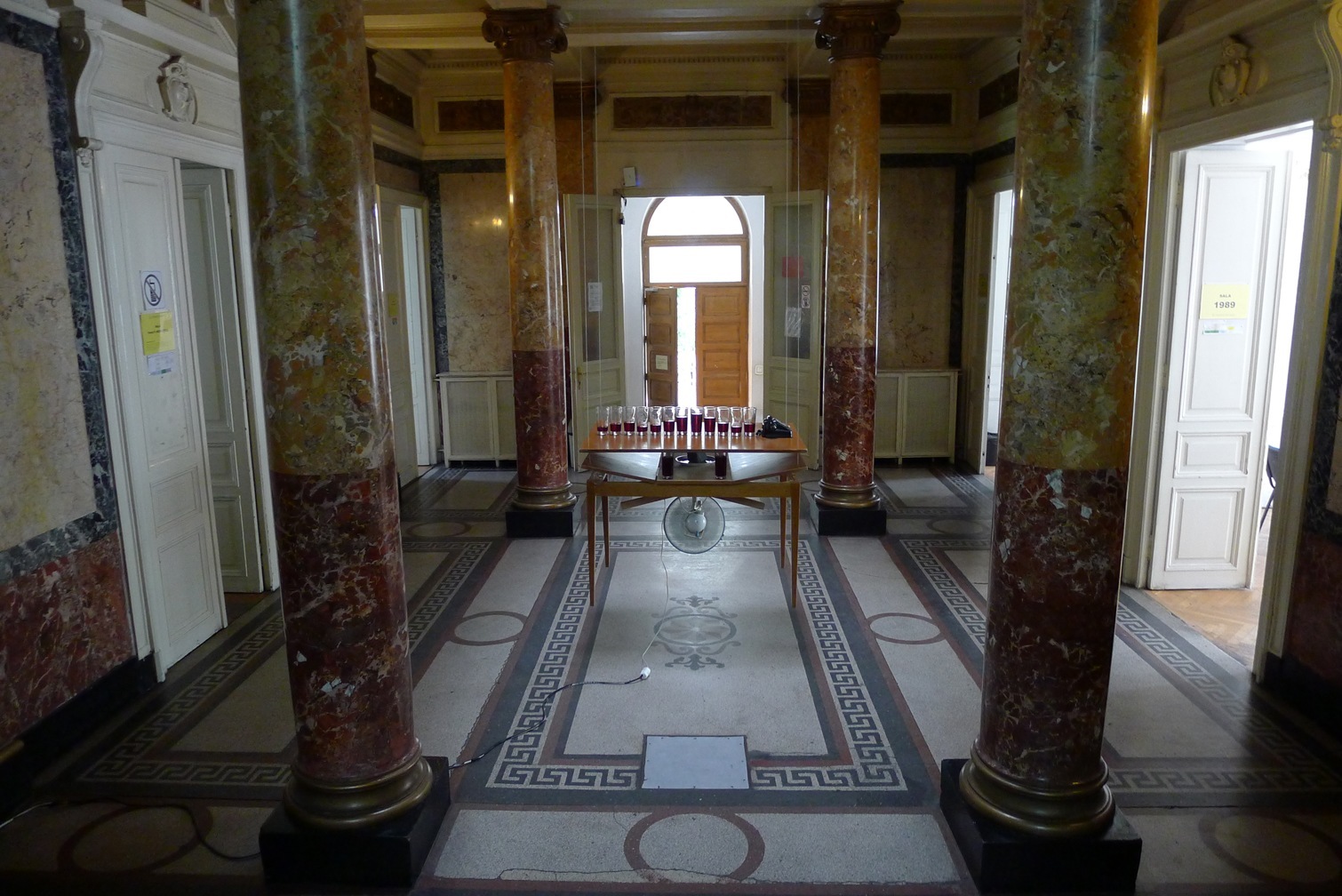
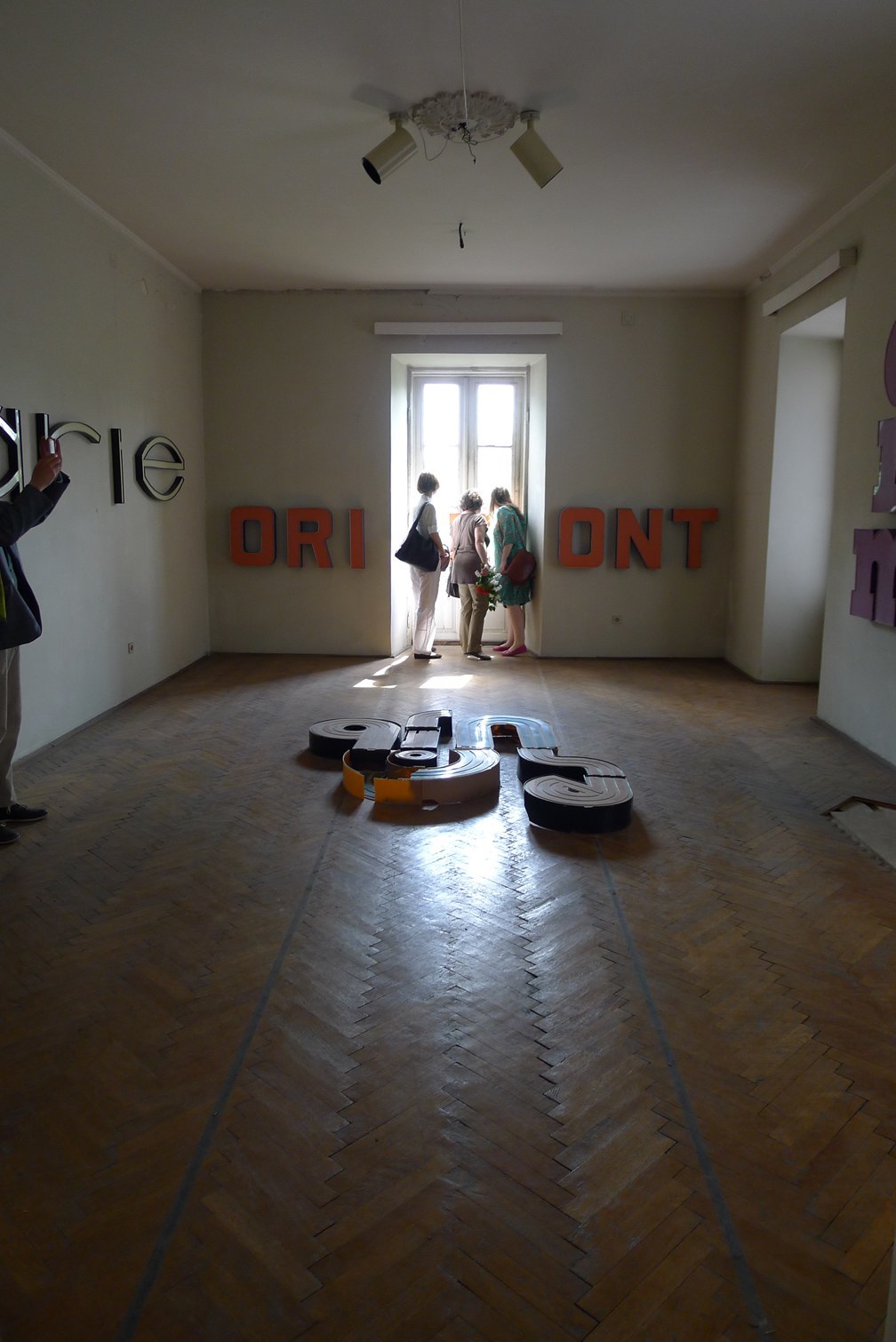
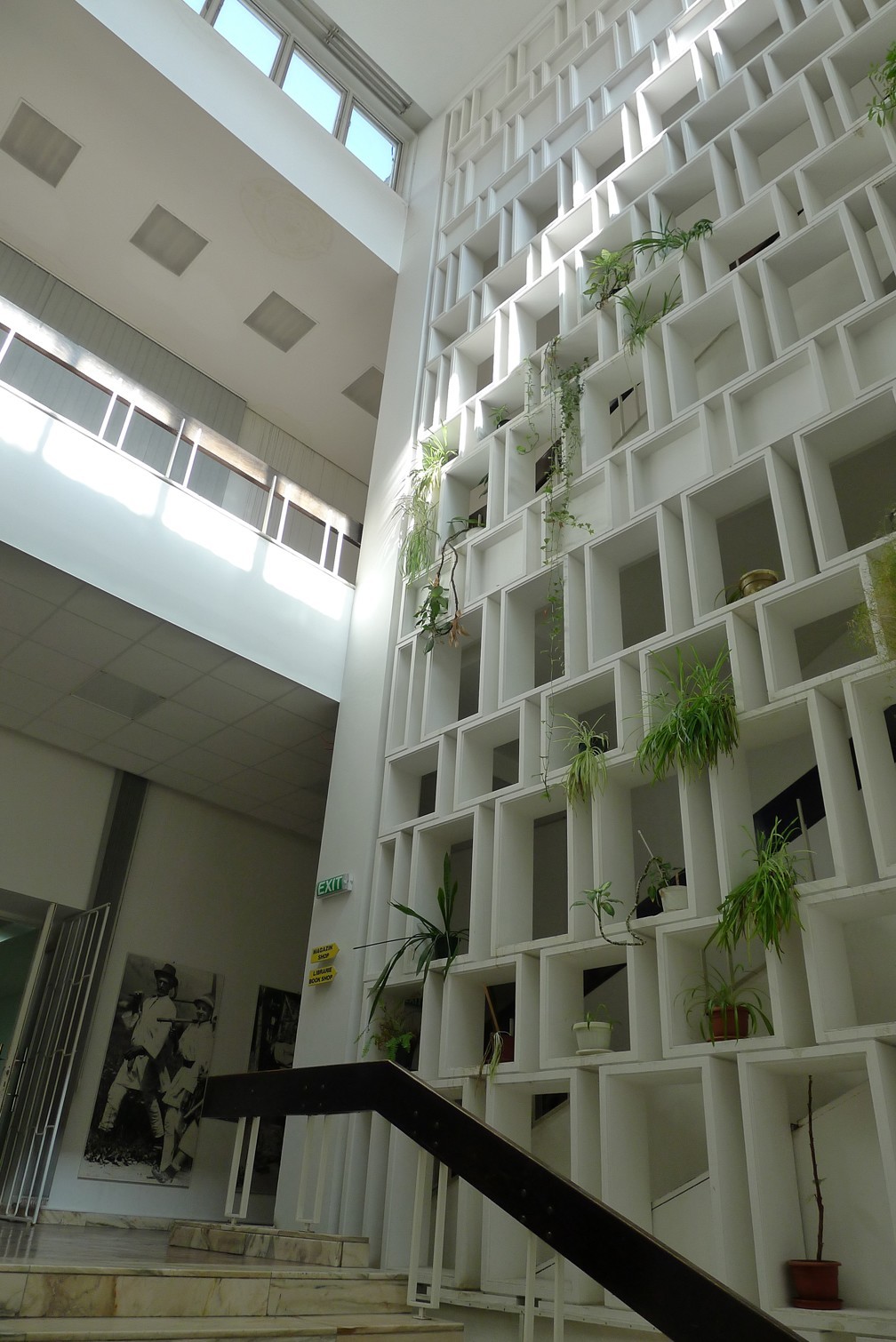
The biennial can also be experienced in one day, which makes it a pretty efficient affair. Efficiency is not all, and a lot of the works on display seem to be completely wrapped up in their own affairs, and there is little or nothing that can be drawn out as a thesis, sentence, or greater meaning from the works themselves. The official theme of the biennial is “Apprehension. Understanding Through Fear of Understanding” and the curator, Gergő Horváth, explains in a brief introduction to the show that he wants us to look at each work and spend time with them on their own terms. That is fine, but not very interesting as a concept for a biennial. The locations, which have their own specific history and context, are not fully explored. For example, the hustle and bustle outside the peasant museum provides more food for thought than the works on display inside. The artworks seem to exist in their own space, a standard white cube, hung and exhibited with an acute symmetry, revealing little of a curatorial concept beyond the desire for a seemingly objective place for observation. The Pavilion site, which is also the organizer and founder of the biennial, is almost empty. A work here, a work there. The biennial was organized in a hurry after a split with the originally appointed curator Nicholas Schaffhausen. The division seemed amicable through press releases and official statements, but there is tension in the room as Horváth discusses the current situation for artists and institutions of art in Romania. The rift seems to run deep in the Romanian art world, producing supposed black lists, and boycotts. The conflict seems unhealthy and has a totalitarian tinge to it, and I wonder how affected the organizers are by the authoritarian regime that ruled the country for decades. It’s a shame the biennial is experienced as amputated, as a thought waiting to happen. The concert with Dromedar, the locations, and the desire to introduce new names to an international crowd, and contribute to the national scene, are all signs pointing to an interesting end. However the signs are just singular. An artwork where you can supposedly call a number and speak to the head of Pavilion only leads to an artwork on display, a gilded telephone, where we wound up speaking only to ourselves; a telling sign of how closed the conversations running through this edition of the Bucharest Biennial are.
By Geir Haraldseth
Geir Haraldseth is the director and curator of Rogaland Kunstsenter in Stavanger


